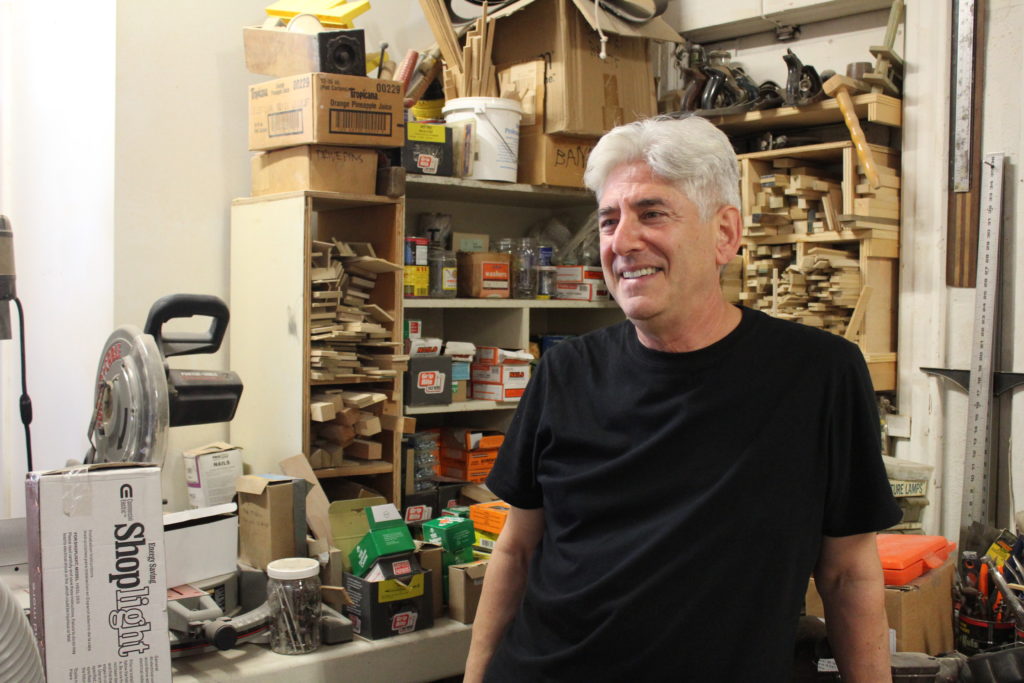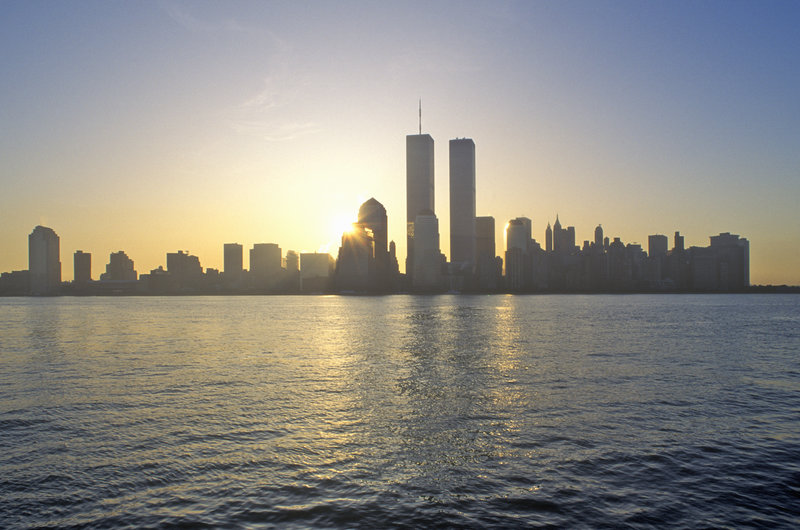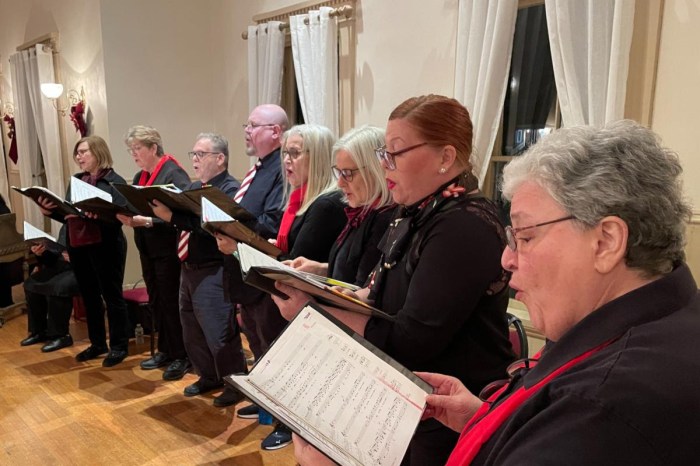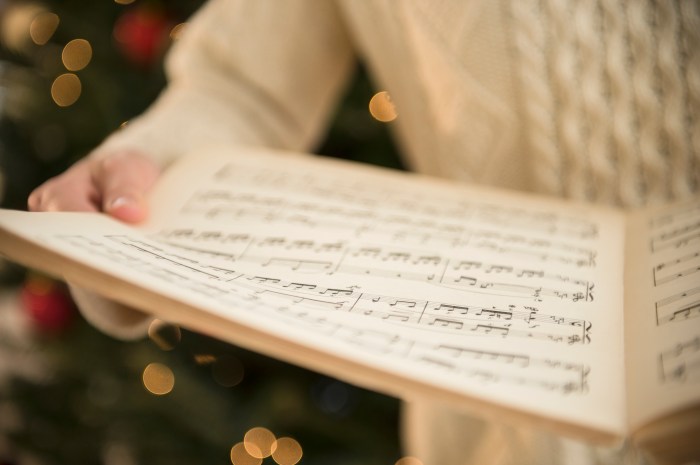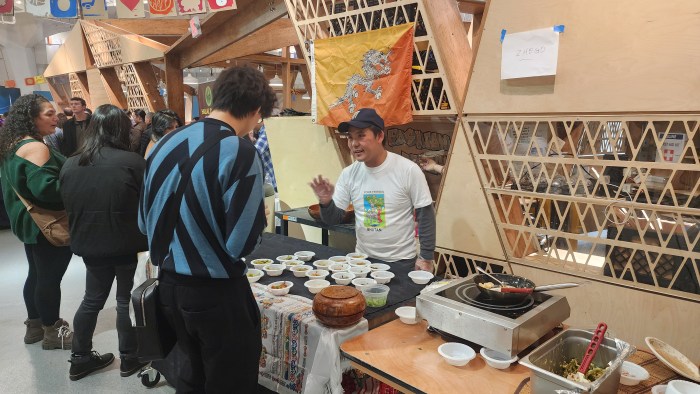The 9/11 Memorial Museum will debut its first major special exhibition on Sept. 12, and two of the 13 artists hail from Long Island City.
“Rendering the Unthinkable: Artists Respond to 9/11” will showcase the New York City-based artists’ reactions to the attacks and will range from paintings to sculptures and videos.
Long Island City‘s close proximity to Manhattan gave residents an up-close view of the destruction caused by the attack. The Queens artists showcasing their work at the museum struggled to continue creating artwork after witnessing such a shocking event.
Pastel artist Donna Levinstone had just finished her last round of chemotherapy for breast cancer in August 2001. One month later, as she was working in her studio on 90th Street in Manhattan, two planes struck the World Trade Center.
“The next day was very visceral,” Levinstone said. “It was a windy day and the smoke came up and I actually smelled the smoke. That memory of smell and burning and certainly watching the imagery had me going to the drawing board.”
It took Levinstone three months to actually put pastel to paper. She was asked to create a piece for the National Arts Club in Washington, D.C., called “True Colors: Meditations on the American Spirit,” which forced her to reflect on that day.
“I was sort of stuck for a few months,” Levinstone said. “I could not draw anything.”
Her 9/11 series consists of eight pieces showing the towers as they become consumed by smoke. Titled “Ascending Spirit,” “Eternal Rest,” “In God’s Light” and “Almost Gone,” the pieces are either black and white or black and gold.
“Eternal Rest,” inspired by photographs, news media and smells that the wind carried to Levinstone’s home, will be displayed at the museum starting on Sept. 12. It depicts a cloud that formed around these towers protecting and guiding lives to eternal rest.
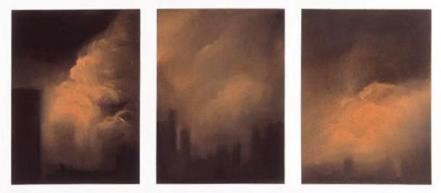
Initially, Levinstone thought to create a simple portrait of the towers, but as she continued to reflect on that day, she wanted to do more.
“You have two things at play here,” Levinstone said. “It was a man-made disaster but it still has some of those aftermath feelings of something being out of our control.”
Before 9/11, Levinstone said her work focused on portraying the beauty found in nature but now, she focuses on the powerful forces of nature. The clouds in her 9/11 series acted as a “protector” for the people trapped in the building.
“There is a certain hopeful quality to the way I portray the sky, an openness,” Levinstone said. “When you look up at the sky you think, ‘Everything is going to be OK.’ I’m not a totally religious person but when they talk about exodus and God coming in a cloud of smoke I got that feeling about the disappearance of these people.”
An artist for more than 30 years, Levinstone focuses on depicting the many colors and shapes of the sky. She works from a studio at 43-01 22nd St. in Long Island City and has always been fascinated with clouds.
“I was always really attracted to the sky,” Levinstone said. “I would lie down on my back and just stare out of the convertible.”
Levinstone is even a member of the Cloud Appreciation Society, a group for cloud enthusiasts to share stories and breaking news about clouds.
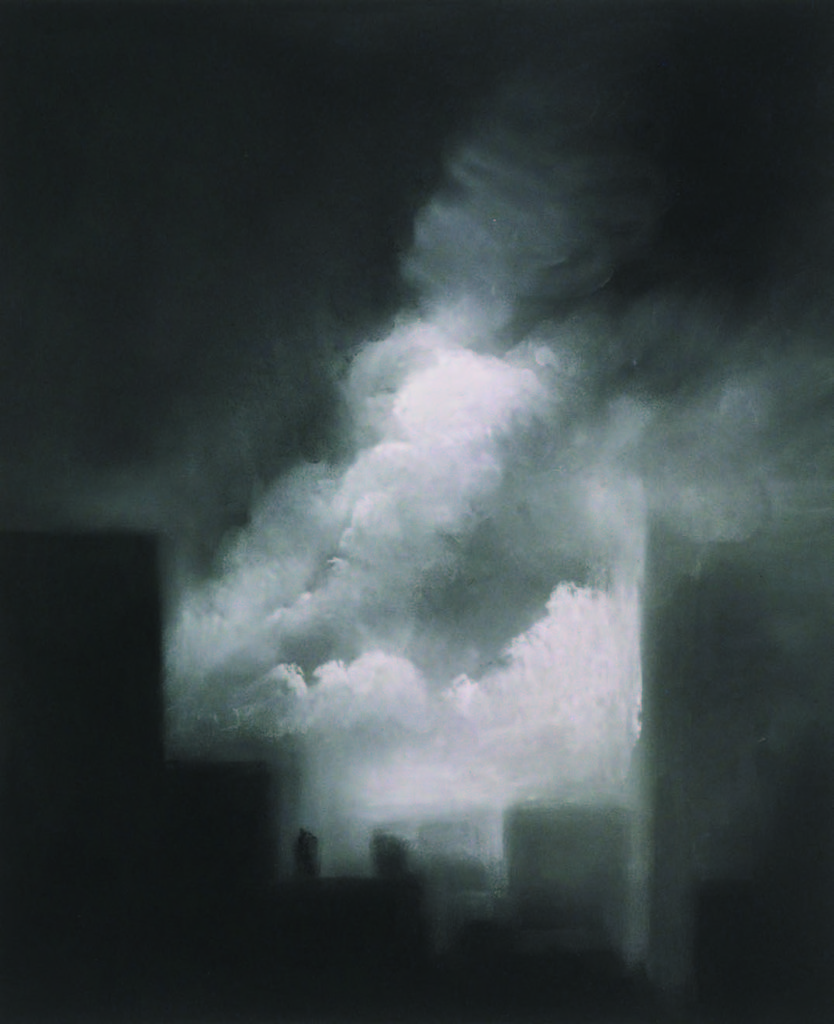
A curator for the 9/11 museum approached Levinstone after seeing her work at the previous gallery in Washington, D.C., and asked if she wanted to be one of the 13 artists to exhibit their work when the museum officially opened on Sept. 12.
“[It is] one of the most beautifully designed museums,” Levinstone said. “It’s very touching, very moving to be there.”
The artist said she is proud to be able to pay tribute to the families who have lost someone on that day. Sept. 11 not only changed her art but also her outlook on life, she said.
“There was such a strong connection from the vulnerability I felt [as a cancer survivor],” Levinstone said. “It’s not the same vulnerability, [but] it was up there — the parallels of being vulnerable and scared. 9/11 came and made me realize that you don’t have a lot of control and in some ways 9/11 made the city stronger. A lot of fear also arose. I feel that way too as a cancer survivor … in terms of me appreciating my life maybe 10 times more than other people do.”
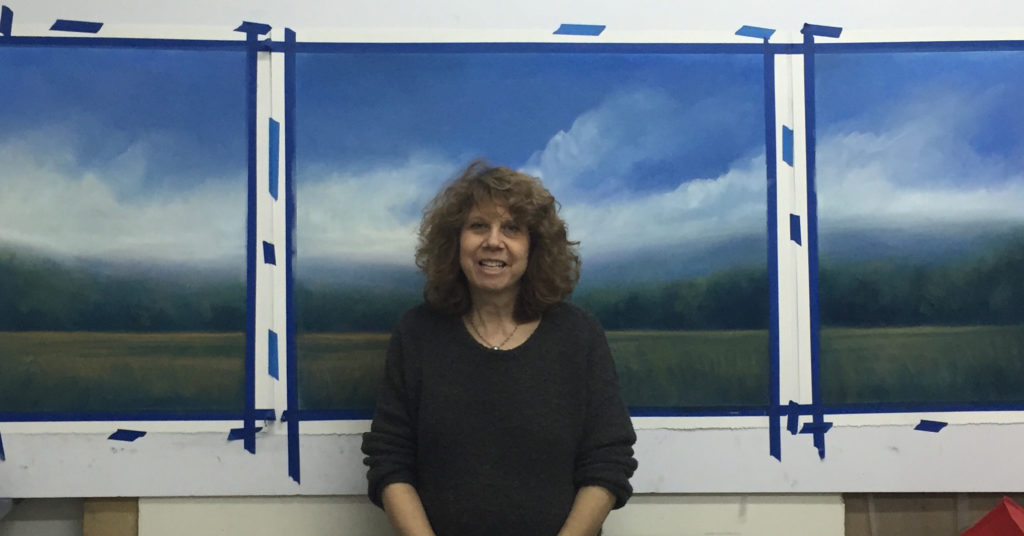
Another artist, Tobi Kahn has worked in Long Island City studios since 1978.
After graduating from the Pratt Institute, he searched for cheap studio space and found it in the mostly industrial neighborhood. He has witnessed the changes in the area firsthand and was also on his roof when a plane struck the second tower at the World Trade Center.
“I had a meeting with [a collector] who had offices downtown,” Kahn said. “He called me up and said he can’t get there because something happened at the World Trade Center. [He said], ‘I think it’s terrorism’ [and I said], ‘Don’t be so negative.’ I was wrong and he was right.”
Kahn went up to the roof of his studio at 12-23 Jackson Ave. just as the plane hit the second tower. He called the scene “truly shocking” and remembers frantically making arrangements to pick up his three children who were in pre-K, middle school and high school at the time.
“You couldn’t get anywhere,” Kahn said. “I bicycle usually but the 59th Street Bridge was so full. It was the weirdest day.”
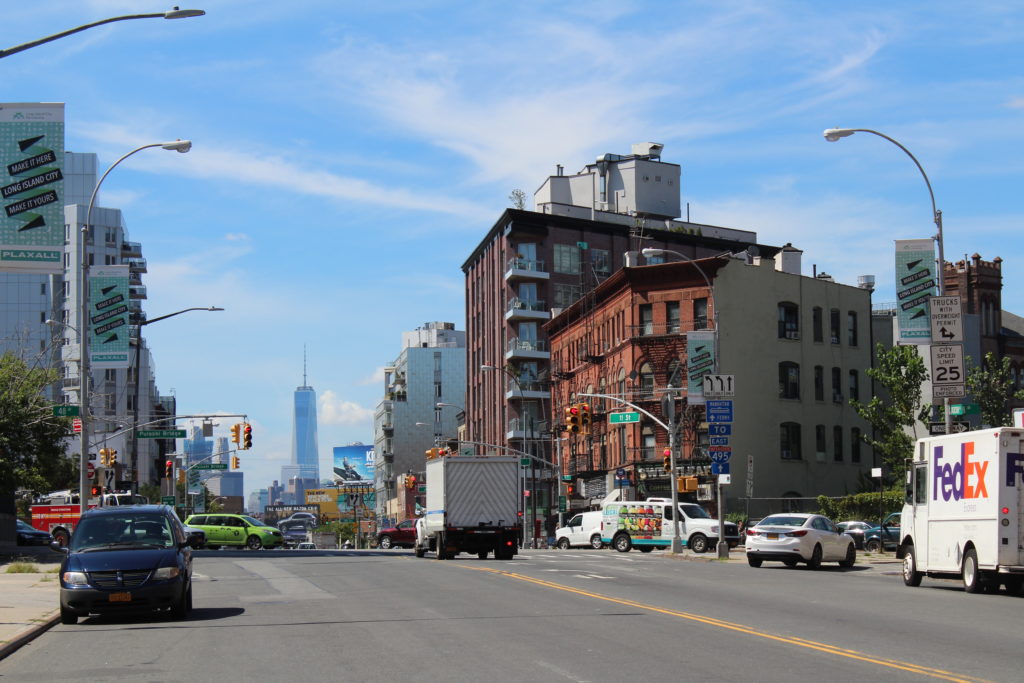
The event was more personal for him because he knew people who died or lost family members in the attacks and was asked to make a memorial light for a friend. Kahn makes paintings, sculptures and ceremonial objects but found it difficult to create any sort of art to commemorate that day.
“I just couldn’t bring myself to do it,” Kahn said.
Six years ago he was asked to create an installation for the 10th anniversary of Sept. 11 for the nonprofit Educational Alliance, which is located in Manhattan. The show was “life-changing” and allowed Kahn to finally conceptualize what he would create as a tribute to that event and the people who lost their lives that day.
He embarked on an ambitious project — using 220 blocks of remaindered wood that he has been collecting since after Sept. 11, 2001, Kahn distributed each piece to friends, family and strangers and asked them to transpose their own memories and experiences of that day. It was called “The Memory Block Project.”
He also created a floor relief made up of thousands of reclaimed wood remnants that is now installed in the 9/11 Memorial Museum. It covers an 80-by-40-inch area and rises 5 inches above the floor. When viewers look at the piece, which is painted a light blue, from an elevated perspective, it resembles the view of the skyline from the South Tower’s Top of the World Observatory.
It took him nine months to finish the piece, titled “M’hal,” and he worked on no other art while he constructed it.
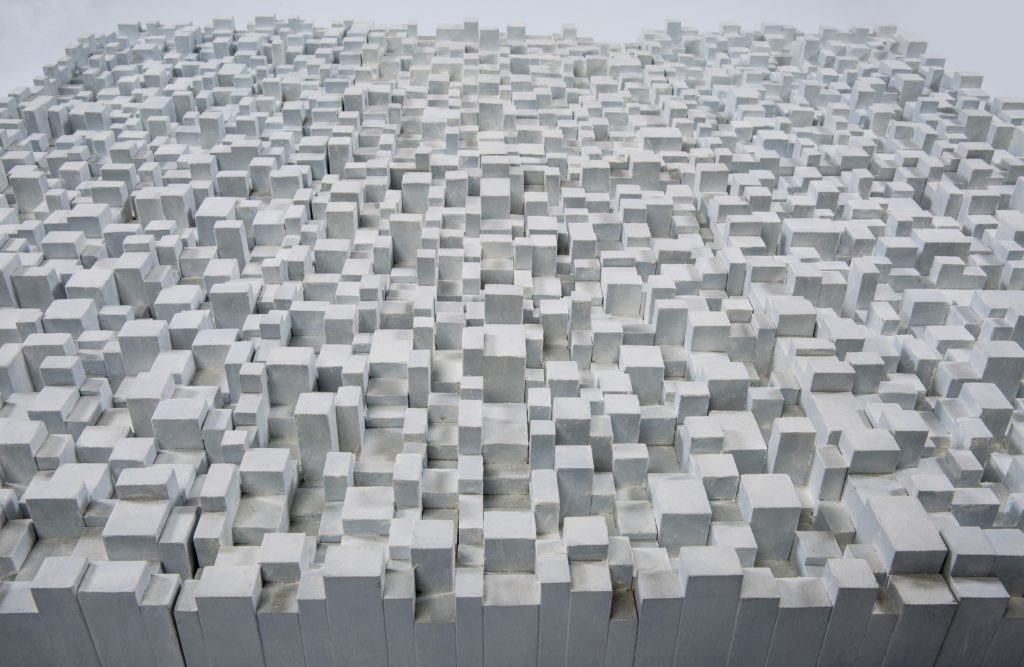
“I wanted to make something that let you [understand] what it felt like seeing the whole city as white,” Kahn said. “I think it was important for the city to mourn a building. Not only all the people that died but this is, whether you liked it or not, it was a landmark. I think the attack was against that way of life.”
The piece is made up of 12 smaller floor reliefs. Kahn said he wanted to create smaller units so that the piece could travel. Currently, all pieces are at the museum for 13 months. Once those 13 months are up, the pieces will travel to different museums and private collections.
Every time a person or organization receives a unit, they must agree to loan it back to any museum that wants it after five years.
“I really wanted to create that feeling of the city being one but also mourning its own,” Kahn said. “Here are all these buildings that were missing these two huge buildings [that were] part of the [city’s] makeup.”
